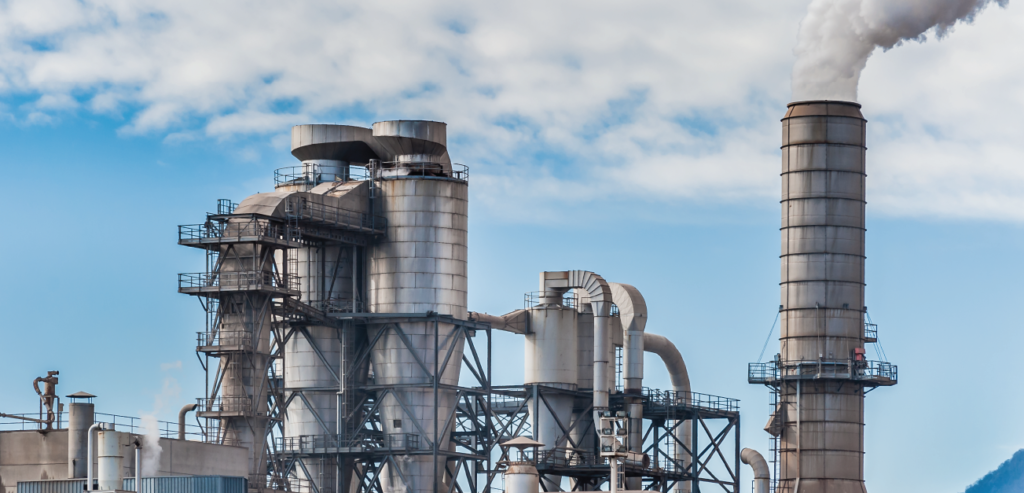
How Many Megawatts Does a Power Plant Produce? Understanding Output Across Energy Types
In the modern energy economy, understanding the power output of various types of power plants is more than academic curiosity. For industry professionals, investors, and procurement specialists, knowing how many megawatts a power plant produces is crucial for decision-making, grid planning, and asset management. Whether you’re evaluating a new investment in energy infrastructure or seeking to repurpose retired turbine assets, a strong grasp of typical power station outputs will inform your strategy.
In this post, we’ll explore how much energy various power plants generate, with a focus on nuclear facilities, gas turbine power stations, and large-scale generation systems. We’ll also highlight how companies like Gas Turbine Spares can help you unlock value from aging or broken turbine equipment.
What Determines the Output of a Power Plant?
The output of a power plant is typically measured in megawatts (MW), a unit of power that indicates the rate at which energy is produced. A megawatt equals one million watts, and in practical terms, 1 MW can power roughly 1,000 homes in developed countries.
Power plant output is influenced by:
- Type of fuel (nuclear, natural gas, coal, hydro, wind, solar)
- Technology used (e.g., combined cycle vs. simple cycle gas turbines)
- Size and scale of the plant
- Efficiency of the generation equipment
- Operational factors like maintenance, ambient temperature, and load factors
Nuclear Power Plant Power Output
When it comes to consistent, large-scale electricity generation, nuclear power remains a heavyweight contender.
How Many Megawatts Does a Nuclear Power Plant Produce?
A typical nuclear power plant in the United States produces between 1,000 and 1,400 megawatts (MW) of electricity. In some countries, advanced reactors can generate up to 1,700 MW per unit. The average nuclear power plant output globally is about 1,200 MW.
Average Nuclear Plant Output by Region:
- U.S.: ~1,100 MW per reactor
- Europe: ~950 MW per reactor
- Asia (newer plants): 1,200–1,600 MW per reactor
This high capacity, combined with a capacity factor above 90%, makes nuclear plants an essential base-load power source.
Typical Power Plant Output Across Other Energy Types
Gas Turbine Power Plants
Gas turbine power stations are known for flexibility and rapid ramp-up capabilities. Their output depends heavily on configuration:
- Simple Cycle Gas Turbines (SCGT): Typically produce 30–200 MW per unit.
- Combined Cycle Gas Turbines (CCGT): Can deliver 500–1,200 MW.
Gas turbine power plants are especially popular in regions where natural gas is abundant and emissions regulations are tight.
Coal-Fired Power Plants
Once dominant, coal plants still contribute a significant portion of global electricity. These plants typically range from:
- 500 to 1,500 MW, depending on age and configuration.
Hydroelectric Plants
Hydropower output varies widely based on geography and dam size:
- Small hydro: <10 MW
- Large dams (e.g., Three Gorges in China): over 22,000 MW
Wind and Solar
Renewables are more variable, but improving rapidly:
- Large onshore wind farms: 100–500 MW
- Offshore wind: Up to 1,000 MW per farm
- Utility-scale solar: 10–500 MW
Understanding “Average Power Plant Output”
The phrase “average power plant output” depends on the mix of energy technologies in a given region. In the U.S., the average power station output across all fuel types is about 500 MW. However, this average hides vast differences between energy types:
| Energy Source | Typical Output (MW) |
| Nuclear | 1,000 – 1,400 |
| Combined Cycle Gas | 500 – 1,200 |
| Simple Cycle Gas | 30 – 200 |
| Coal | 500 – 1,500 |
| Hydro | 10 – 22,000 |
| Wind (onshore) | 100 – 500 |
| Solar (utility-scale) | 10 – 500 |
This breakdown is crucial for understanding capacity planning and grid integration strategies. It also illustrates why large power plants, including nuclear and gas turbine installations, remain foundational in global power grids.
When Power Plants Retire: A Hidden Asset Opportunity
As plants age, they are eventually decommissioned or repowered. While this marks the end of an era in power generation, it opens up a new frontier in asset recovery and circular economy strategies.
If your facility is decommissioning or upgrading, your gas turbines and associated equipment still have value, even if broken, retired, or at the end of service life.
Unlock Value with Gas Turbine Spares
Gas Turbine Spares specializes in purchasing used, retired, broken, and end-of-service gas turbines and spare parts. Whether you’re operating a 100 MW SCGT facility or a 1,200 MW CCGT plant, your surplus equipment could be a valuable commodity in the secondary market.
With global demand for parts and components increasing—especially in developing markets—Gas Turbine Spares offers:
- Competitive pricing for unwanted assets
- Global logistics support
- Expertise in gas turbine models from GE, Siemens, Mitsubishi, and more
Final Thoughts: Output Today, Opportunity Tomorrow
Understanding power plant output isn’t just about numbers. It’s about strategic foresight. Whether you’re managing infrastructure investments, overseeing a decommissioning project, or optimizing operations, knowing the output of various power stations informs your every move.
And when those megawatts stop flowing, remember: The turbines that once powered cities can still power your bottom line.
Contact Gas Turbine Spares today to turn end-of-service gas turbines and spare parts into cash.
Visit https://gasturbinespares.com/ to get a quote or speak with an expert.
I WANT TO SELL
Do you have any spare parts for gas turbines you want to sell? Please Inquire now through our online submission form or contact us via phone, to assess the value of your as-removed parts.
